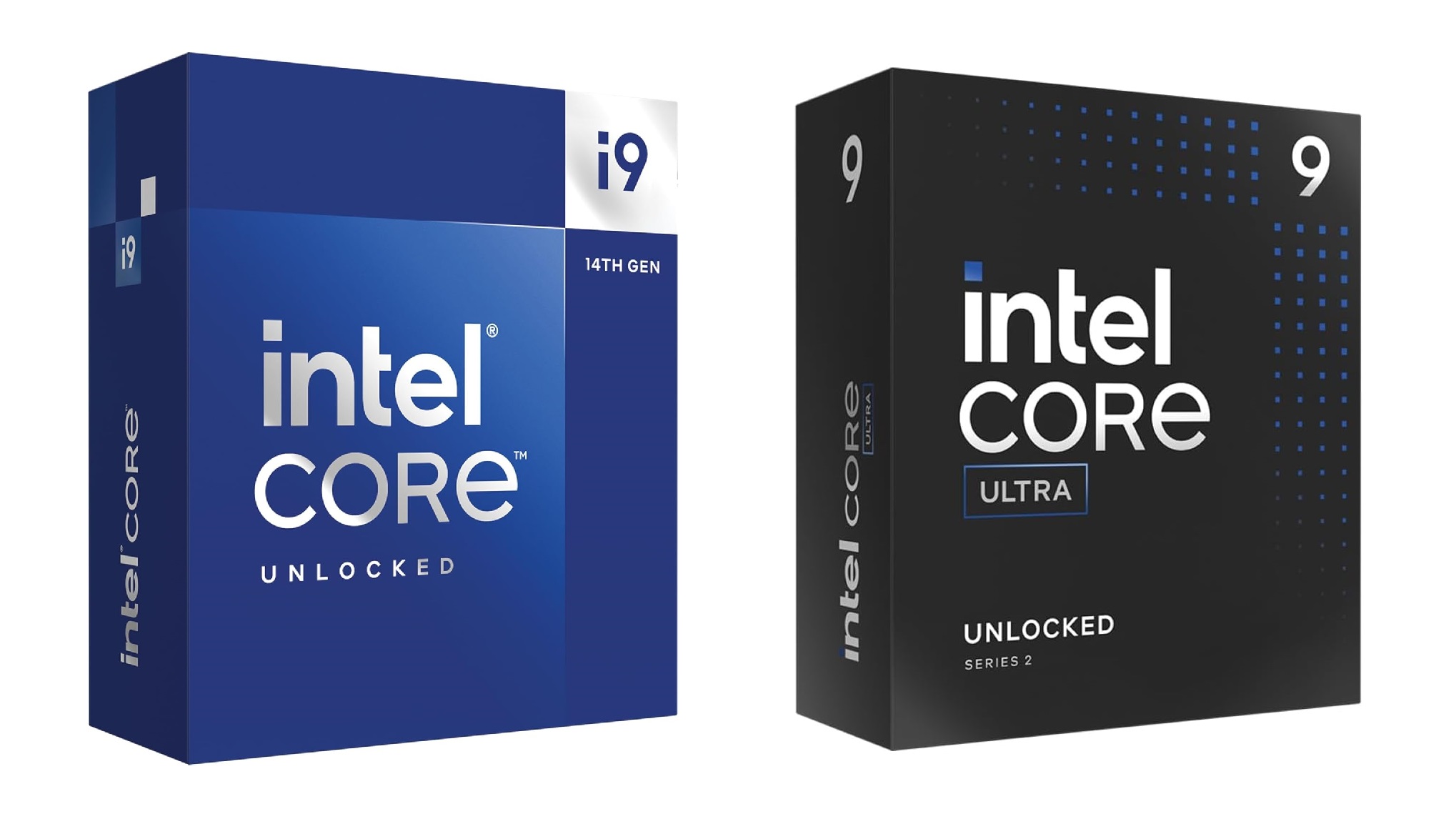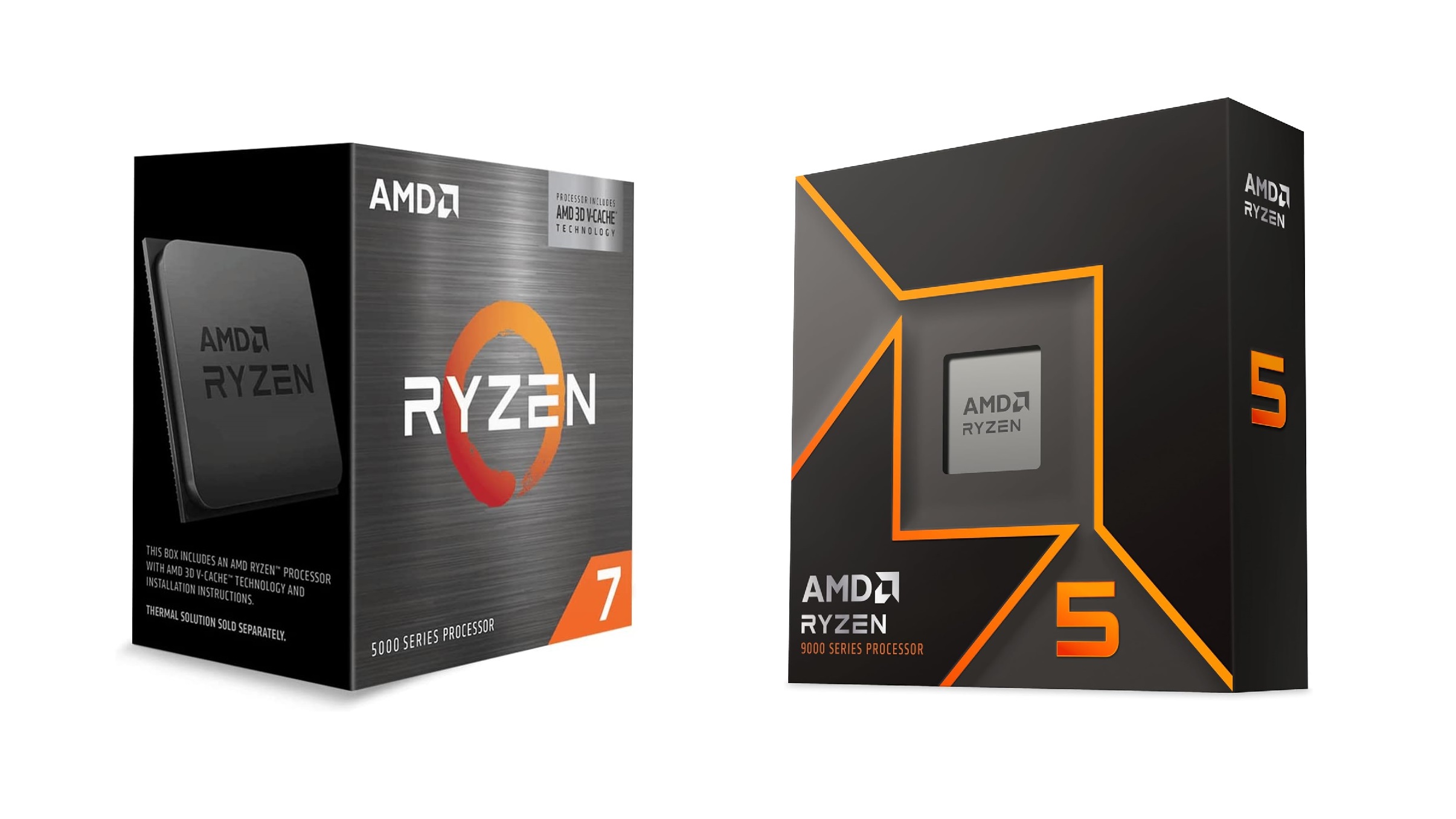Looking forward to implementing AI Agents for Web Automation? Know the basics, such as Design Patterns, Architecture, and Frameworks.
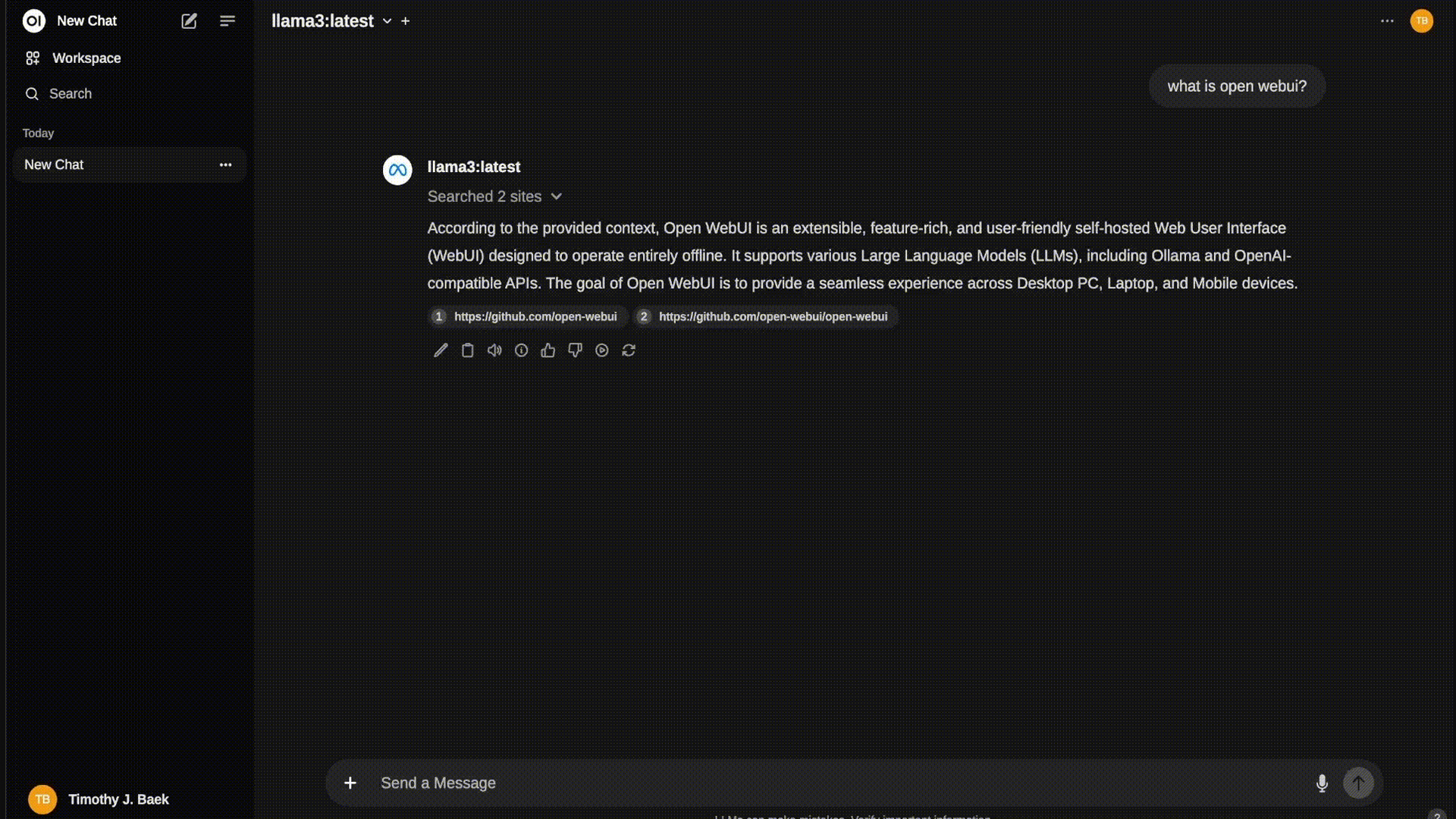
Artificial intelligence is the most debated topic at the moment. Its popularity never seems to stop, even in the near future. But AI does not mean just using Chat GPT or Gemini Live to get your queries sorted. Instead, an entire automated system can be built using it. For example, we are discussing AI Agents, built explicitly for web search, fetching data, filling forms, extracting data, and performing tasks that humans sometimes can’t even think of, as their speed depends on computing power.
So, whether you are a business owner looking to make things easier or a curious beginner looking to explore AI capabilities, here are the basics to get started.
Note: This article provides surface-level knowledge, as implementing an AI agent over an existing website and then performing automated functions such as searching, extracting, filling forms, and showing all these will make this article extensive. If you are looking for an implementation example, consider setting up the Python Playwright route as a fundamental one that can be built. There are lots of guides online teaching you how to do it.
Understanding AI Agents for Web Automation
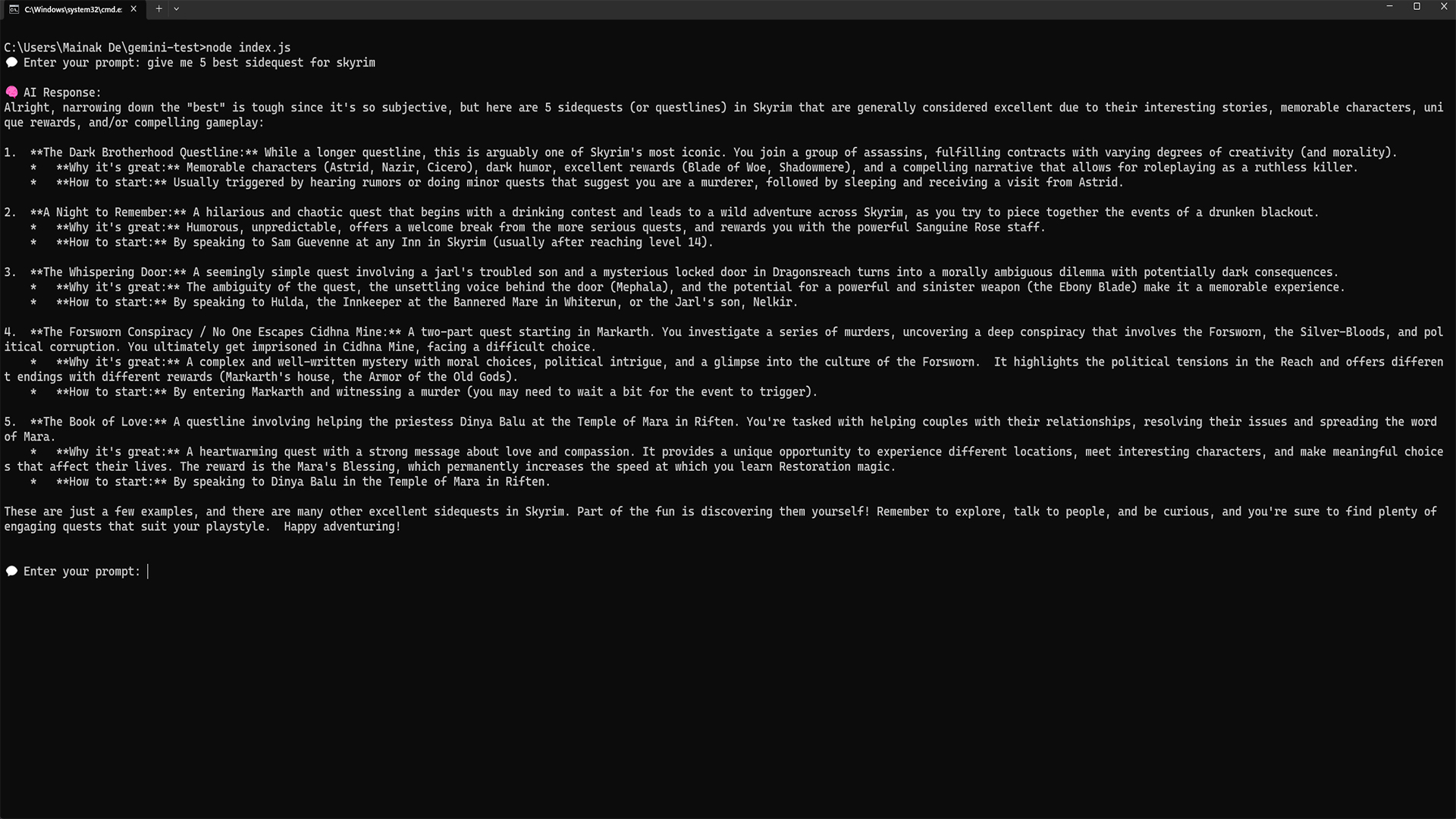
As mentioned earlier, these AI agents are basically AI models trained to interact with websites just like humans would. They can click buttons, fill out forms, read content, understand it, and make decisions based on what they see on the screen. AI agents differ greatly from basic JavaScript, which breaks when the website changes. Instead, these retain everything they see on screen and remember it. Think of it like a human being sitting inside your computer and foreseeing everything for you.
Here’s how they differ from traditional JavaScript that listens (interprets) your on-page data:
- AI agents are basically Large Language Models (LLMs) that understand instructions and context.
- AI agents have computer vision to interpret on-screen elements.
- AI agents possess decision-making capabilities to handle unexpected situations, and their level of depth depends on the model’s quantization.
One big example is Open AI’s Operator tool, which can perform tasks like creating to-do lists and planning vacations by interacting with your computer screen. Similarly, Perplexity, the biggest underdog in this field, has also launched an agent-based assistant to book dinner reservations and hotel rides.
Why Use AI Agents for Web Automation?
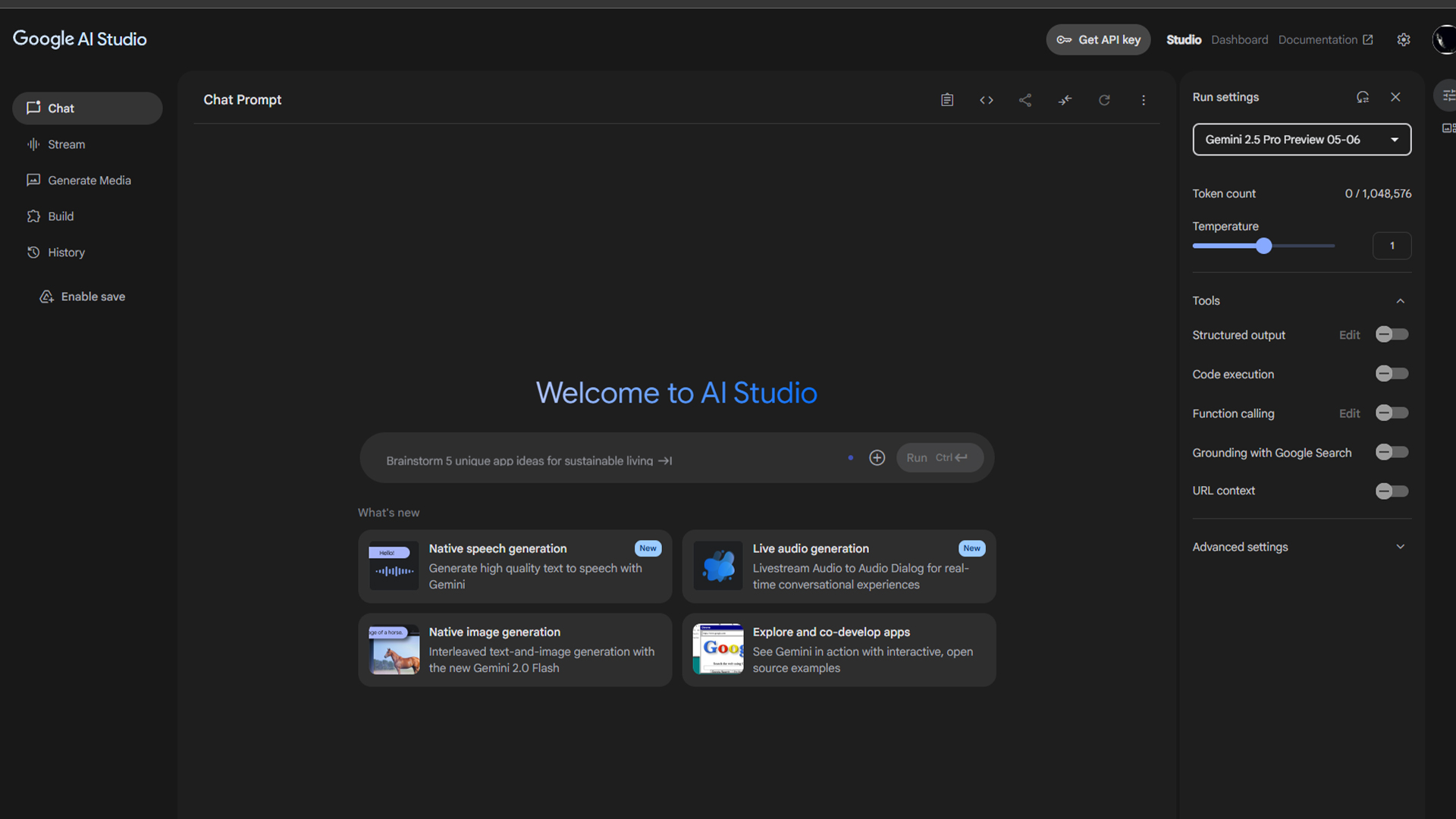
AI agents offer several advantages over traditional automation approaches. Some of them are mentioned below. These are just the basics; when going super in-depth, there is even more.
- Adaptability: They can handle website changes without requiring code updates.
- Natural language instructions: You can describe tasks in plain English rather than writing code.
- Complex decision-making: Agents can evaluate options and make choices based on their criteria.
- Learning capability: Many agents improve over time as they encounter more scenarios.
Understanding Design Patterns of AI Agents
Design patterns; does it ring a bell? Well, here we go again. The same fundamental building blocks of building software also apply when you are trying to build an automated web system. Here are the basics to get started.
Note: Again, this will be explained at a surface level so that everyone reading this gets the idea of what these concepts are.
1. Reflection Pattern
The reflection pattern lets agents evaluate and improve their own outputs through self-learning methods. For example, when your agent completes a task, it reviews its work, tries to identify issues, and also tries to do better after each assessment. This helps a lot, as the agents made in this process are accurate and their data is reliable.
2. Tool Use Pattern
This pattern equips your agents with the ability to use external tools like web browsers via search engine APIs or by directly interacting with the browser. This helps your agents access real-time information, search web elements directly, and perform actions that would be impossible with an LLM. An elementary example would be you searching for something on the internet and giving that responsibility to ChatGPT. Yes, the entire thing mentioned here represents whatever you’ve read till now.
3. Planning Pattern
Once the agents figure out what to do, they break down the task into smaller and more manageable steps. This helps them reduce errors and redundancy, which are often caused when tackling everything at once.
4. Multi-Agent Collaboration Pattern
This pattern involves multiple specialized agents working together, each handling different aspects of a task. For example, one agent might handle planning while another executes browser interactions. This saves time and computing power, as the divide-and-conquer strategy works best.
Architecture of AI Agents
Now that design patterns are covered, when you are trying to build a web-based automated system, you need to pay attention to how it works, which can best be described as its architecture. Below are the different types available for your use cases:
- Reactive architecture: Best for simple, fast responses, like ones that perform basic web searches and give you the output.
- Deliberative architecture: Used for tasks that require thinking and planning. Imagine asking an AI to judge Game of Thrones or plan a vacation — it needs to evaluate options before acting.
- Hybrid architecture: A blend of reactive and deliberative. It reacts fast when it can, but still plans when needed. Basically, the best of both worlds.
- Layered architecture: This means all architectures are stacked and available for different queries. Each layer handles a part of the task, so if you throw multiple query types at it, they can be delegated to the right layer.
Tools & Frameworks To Explore
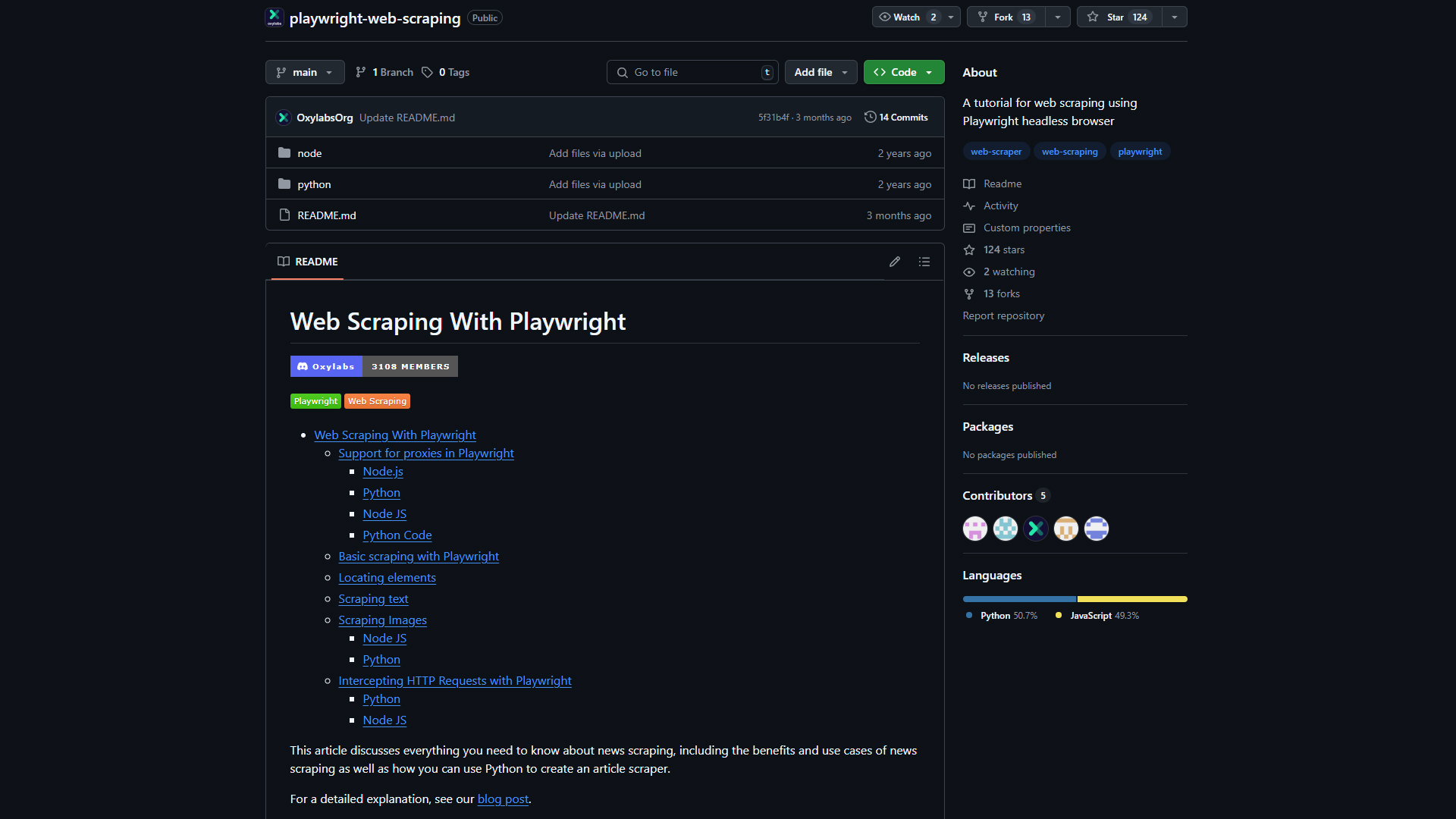
Now that you know about architecture, here is how you can get started building one with the tools and frameworks mentioned below.
Browser Automation Tools:
- Playwright – Reliable for modern web apps and dynamic content.
- Puppeteer – Lightweight Chrome-focused automation.
- Selenium – An industry favorite for a long time, offering cross-language support.
AI Agent Tools:
- Browser-Use – Allows agents to interact with web UIs.
- Agentic Browser – Open-source tool for AI web control.
- Skyvern – Combines LLMs with computer vision.
Common Pitfall: Assuming Your Agent Understands Everything
One of the biggest mistakes new developers make is treating AI agents like omniscient beings. Just because they can see a webpage or process naturally doesn’t mean that they understand it the way you do. For example, you might instruct like: Find me the best gaming laptop and give me the link.
Then you wonder why it sends you an ancient Chromebook. Well, this happens because their definition of “best” is vague, and budget is also a subjective query (as it might think it’s $800 or $5000). Also, the agent might not even know what makes a laptop fit the gaming-grade unless you specify GPU, RAM, refresh rate, and your other requirements.
Here’s how to get around that: you must be specific, guiding your agent with clear criteria and constraints.
Use a prompt like this: “Find a gaming laptop under $800 with at least an RTX 4060, 16GB RAM, and a 120Hz display.” You will be surprised how the results change.
Other security concerns exist, such as the level of access you grant your AI Agent. The most important one is protecting your API keys, such as creating an .env file and coding efficiently to access that particular file when needed.
Also Read: How to Use Google’s AI Mode to Supercharge Search in Your Applications
In conclusion, if you are serious about building AI agents, you must get the basics right, secure your API keys, limit access, and understand what you are doing and want out of it. It’s pretty easy to get distracted.
Looking For More Related to Tech?
We provide the latest news and “How To’s” for Tech content. Meanwhile, you can check out the following articles related to PC GPUs, CPU and GPU comparisons, mobile phones, and more:
- 5 Best Air Coolers for CPUs in 2025
- ASUS TUF Gaming F16 Release Date, Specifications, Price, and More
- iPhone 16e vs iPhone SE (3rd Gen): Which One To Buy in 2025?
- Powerbeats Pro 2 vs AirPods Pro 2: Which One To Get in 2025
- RTX 5070 Ti vs. RTX 4070 Super: Specs, Price and More Compared
- Windows 11: How To Disable Lock Screen Widgets
 Reddit
Reddit
 Email
Email
